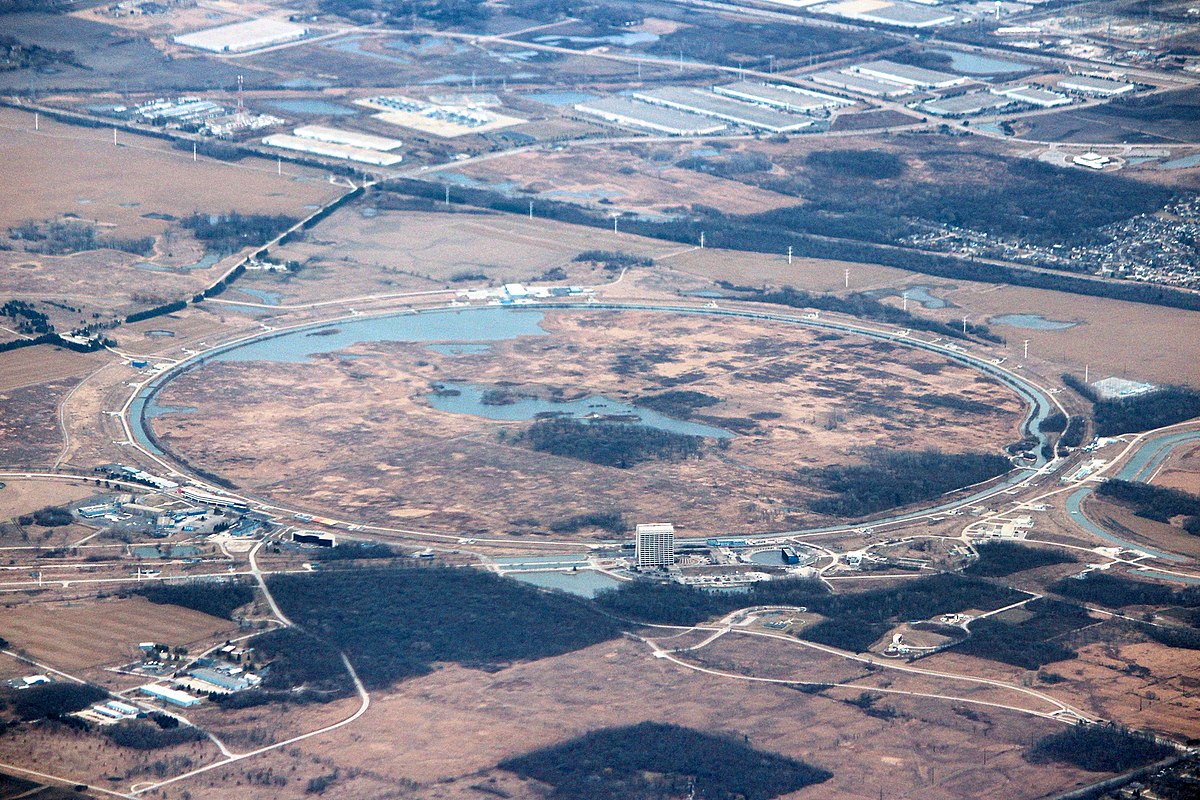
A surprising discovery made by scientists has rekindled the intriguing idea that there might be an additional force of nature beyond the ones we already know. At the moment, scientists believe four main forces govern how things work in the natural world.
These include the electromagnetic force and the strong and weak nuclear forces. These forces are all part of the “standard model” that scientists use to explain tiny particles. Then, there’s something called dark matter, which is a strange kind of stuff that seems to make up a big chunk of the universe but is invisible.
The fifth force of nature
Researchers have detected something unexpected occurring with a miniscule particle. This tiny particle seems to be wobbling in a way that can’t easily be explained by the usual forces known to us.
This has led some scientists to suggest that there might be a fifth force of nature of which we were previously unaware. This is a big deal and could change our understanding of how the universe works.
Dr. Mitesh Patel, a researcher from Imperial College London, has brought attention to a potential fifth force of nature. He explains that the behavior observed in these experiments cannot easily be explained using the four forces already known to us.
Findings at the Fermilab particle accelerator facility
These findings come from experiments conducted at the Fermilab particle accelerator facility in the United States. The experiments focused on studying tiny particles known as muons. Muons are a bit like electrons but are about two hundred times heavier. The researchers examined how these muons move when placed in a magnetic field.
Dr. Patel likens the movement of muons to the spinning of a child’s top. When placed in a magnetic field, the muons spin around the field’s axis. However, as the muons move, they exhibit a wobbling motion.
This wobble has a certain frequency, and according to what we know from the standard model, this frequency should follow a predictable pattern.
Surprisingly, the results of the experiments at Fermilab don’t quite match up with these predictions. This discrepancy has raised significant doubts and hints at the possibility of a previously unknown force at play.
The wobbly motion of the particles
Professor Jon Butterworth, a scientist from University College London who is involved in the Atlas experiment at CERN’s Large Hadron Collider, shared insights. He explained, “The wobbles are due to the way the muon interacts with a magnetic field. They can be calculated very precisely in the standard model but that calculation involves quantum loops, with known particles appearing in those loops.”
He further said, “If the measurements don’t line up with the prediction, that could be a sign that there is some unknown particle appearing in the loops – which could, for example, be the carrier of a fifth force.”
Scientists at Fermilab close in on fifth force of nature
With the most precise measurements of the muon Fermilab have confirmed that it is not behaving according to the Standard Model. pic.twitter.com/MHqC6Yq5HV
— Critical Cupcake 🌈 ♿ ⚛️ (@CriticalCupcake) August 10, 2023
Dr. Patel noted a bit of uncertainty surrounding the theoretical prediction of the wobble frequency, a change between the first findings and the new data. This, he emphasized, could alter the situation considerably.
“Maybe what they are seeing is standard scientific thinking – the so-called standard model,” Patel remarked.
Several other considerations come into play. Professor Butterworth highlighted a point, stating, “If the discrepancy is confirmed, we will be sure there is something new and exciting but we won’t be sure exactly what it is.”
He further said, “Ideally the discrepancy would inform new theoretical ideas that would lead to new predictions – for example, of how we might find the particle that carries the new force, if that’s what it is. The final confirmation would then be building an experiment to directly discover that particle.”
More studies in favor of a fifth force
The experiments conducted at FermiLab aren’t the sole contributors to the notion of a fifth force. Findings from the experiments at the Large Hadron Collider (LHC) have also yielded enticing outcomes. These LHC investigations, employing different approaches, explored the rate at which particles like muons and electrons emerge as certain particles decay.
Nonetheless, Dr. Patel, who contributed to the LHC studies, noted that these recent results have become less coherent. He pointed out, “They are different experiments, measuring different things, and there may or may not be a connection.”
Professor Butterworth drew attention to the significance of the muons’ wobble frequency deviating unexpectedly from the anticipated norm. He designated this measurement a remarkable feat and underscored its unlikely susceptibility to error.
He emphasized, “So if the theory predictions get sorted out, this could indeed be the first confirmed evidence for a fifth force – or something else strange and beyond the standard model.”
See all the latest news from Greece and the world at Greekreporter.com. Contact our newsroom to report an update or send your story, photos and videos. Follow GR on Google News and subscribe here to our daily email!



